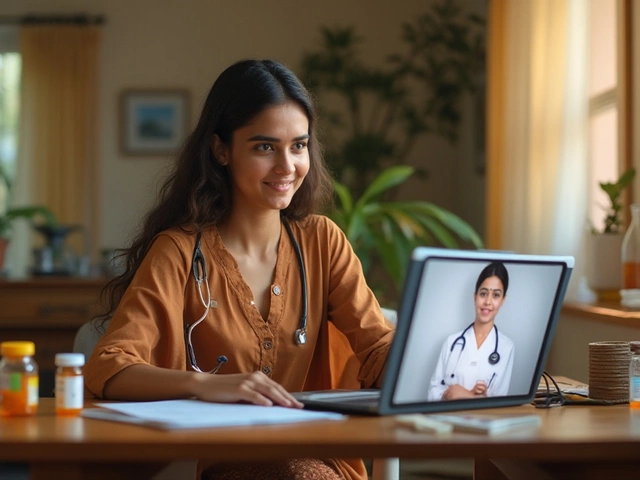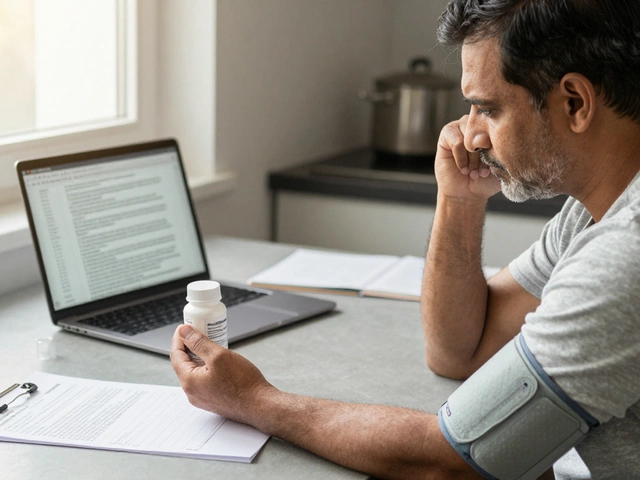Diabetes Medication: What Every Patient Should Know
If you have diabetes, the chances are you’re taking at least one pill every day. But few of us stop to ask if that medicine is safe for our body, especially in the Indian market where some drugs hide unwanted chemicals. This guide breaks down the most common diabetes meds, their side‑effects, and simple steps to keep yourself protected.
Common Diabetes Drugs and Their Typical Issues
Metformin is the first‑line drug for type‑2 diabetes. Most people tolerate it well, but it can cause stomach upset, nausea, or a rare lactic acidosis if kidney function is poor. A quick tip: take it with meals and stay hydrated to cut the tummy trouble.
Ozempic (semaglutide) has become a buzzword for weight loss. It works by slowing digestion and lowering blood sugar spikes. The catch? Nausea, vomiting, and occasional pancreatitis. If you hear celebrity stories about Ozempic, remember that the drug is prescription‑only and needs a doctor’s monitoring.
Sulfonylureas such as glimepiride push the pancreas to release more insulin. They are cheap but can cause low blood sugar (hypoglycemia) especially if you skip meals. Keep a snack handy and check your sugar before exercising.
Insulin is still the backbone for many patients. Modern pens make dosing easier, yet dosing errors happen. Always double‑check the cartridge, and store insulin away from heat.
Practical Tips to Make Diabetes Medication Safer
1. Read the label carefully. In India, some generic brands may have extra fillers that trigger allergies. Look for “USP” or “GMP” certification on the pack.
2. Ask about drug interactions. Certain antibiotics, anti‑TB drugs, or even herbal supplements can raise or lower your medicine levels. A quick chat with your pharmacist can prevent surprises.
3. Monitor your blood sugar daily. Keep a log of readings, what you ate, and the doses you took. Patterns will show if a drug is acting too strong or too weak.
4. Watch your diet. A popular question is “Can you eat bananas while taking metformin?” The answer is yes—bananas have carbs but they won’t spoil metformin’s action. Just count the carbs in your overall plan.
5. Report side effects early. If you notice persistent stomach pain, skin rash, or unusual fatigue, call your doctor. Early action can prevent serious complications.
6. Stick to reputable pharmacies. Prices at big chains like CVS in the US can be high, but they often guarantee authenticity. In India, choose well‑known chains or verified online sellers to avoid counterfeit pills.
7. Consider regular check‑ups. Kidney and liver function tests are a must when you stay on metformin or newer GLP‑1 drugs for a long time.
By following these steps, you can keep the benefits of diabetes medication while minimizing the risks. Remember, every person reacts a little differently, so personalize the advice with your doctor’s help.
Need deeper info? Check out our article on “Can You Eat Bananas While Taking Metformin?” for a full breakdown, or read “Did Kelly Clarkson Use Ozempic for Weight Loss?” to separate fact from hype. Staying informed is the best way to stay healthy.
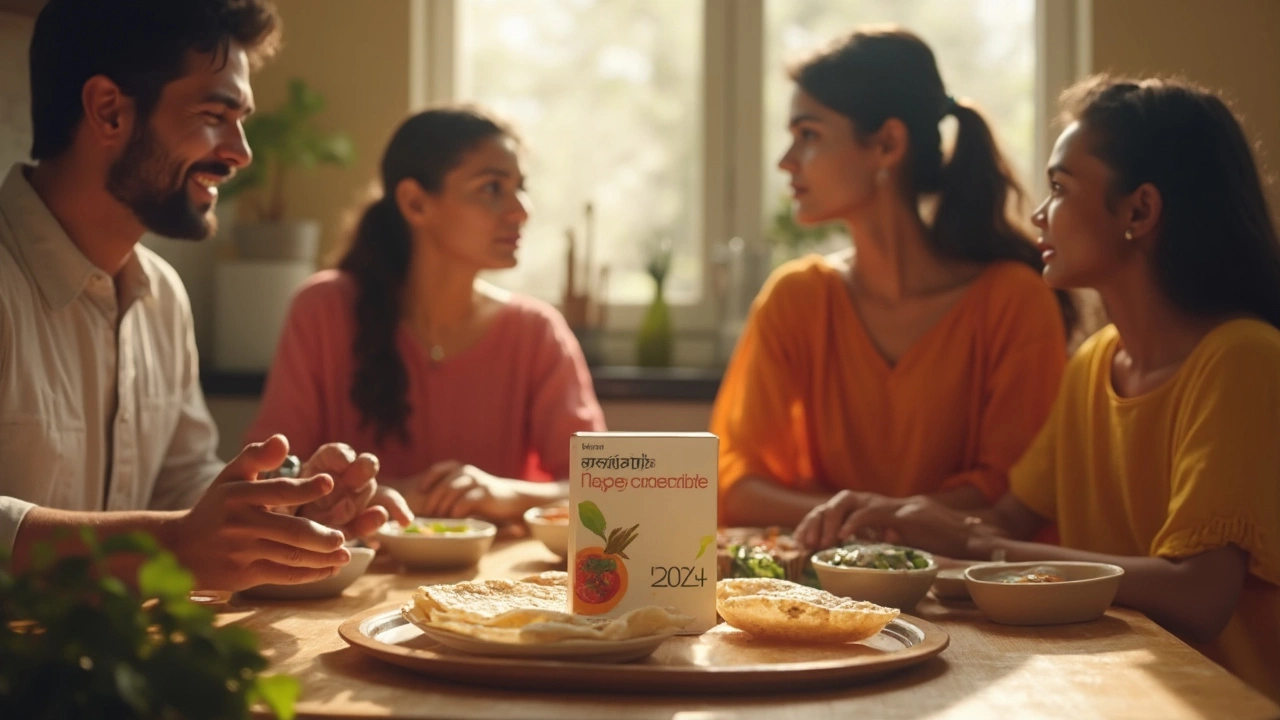
New Pill for Type 2 Diabetes 2024: What You Need to Know
Heard about the new pill for type 2 diabetes that hit the market in 2024? This article explains what the drug is, how it works, and how it’s different from previous treatments. You’ll get real info on side effects, practical tips for daily life, and honest talk about who might benefit most. Find out if this new option could fit into your diabetes management plan.

Did Kelly Clarkson Take Ozempic for Weight Loss? The Real Story Behind Diabetes Drugs and Celebrity Diets
Curious if Kelly Clarkson joined the Hollywood crowd using Ozempic to slim down? This article digs into what’s really happening, separating facts from rumors. You’ll also get the science on diabetes drugs like Ozempic, how they work for weight loss, and what doctors want you to know. Plus, find out the side effects and whether these medications are right for regular people, not just celebrities. Get real tips if you're thinking about managing your weight with or without these meds.

Why Is Metformin So Bad to Take? The Real Story on the Most Common Diabetes Pill
Metformin has a reputation for being both helpful and hard to tolerate. This article breaks down why so many people complain about metformin, from the annoying side effects to long-term risks. You'll get straightforward answers, real-life tips, and a clearer idea of what you can expect if your doctor suggests it. We’ll also talk about who really shouldn’t take it and when to push for an alternative. Just the facts, not the fluff.

New Diabetes Drug Replacing Metformin: What You Need to Know
A major shift is happening in diabetes medication as new drugs step up to replace metformin. This article breaks down which drugs are leading the charge, how they work, and why some doctors now prefer them. You'll learn which patients could benefit most and what side effects to look out for. Get practical tips if you're considering a change in your diabetes treatment. Stay informed about what's coming next in diabetes care.

Does Metformin Cause Weight Loss? The Real Story Behind This Diabetes Med
Metformin is a medication often used for type 2 diabetes, but lots of people wonder if it really helps with weight loss. This article breaks down what metformin actually does, how it affects your body weight, and who might see results. Find out why doctors prescribe it, what you should watch out for, and tips for managing your health while taking it. We’ll also cover common myths and practical advice you can actually use.
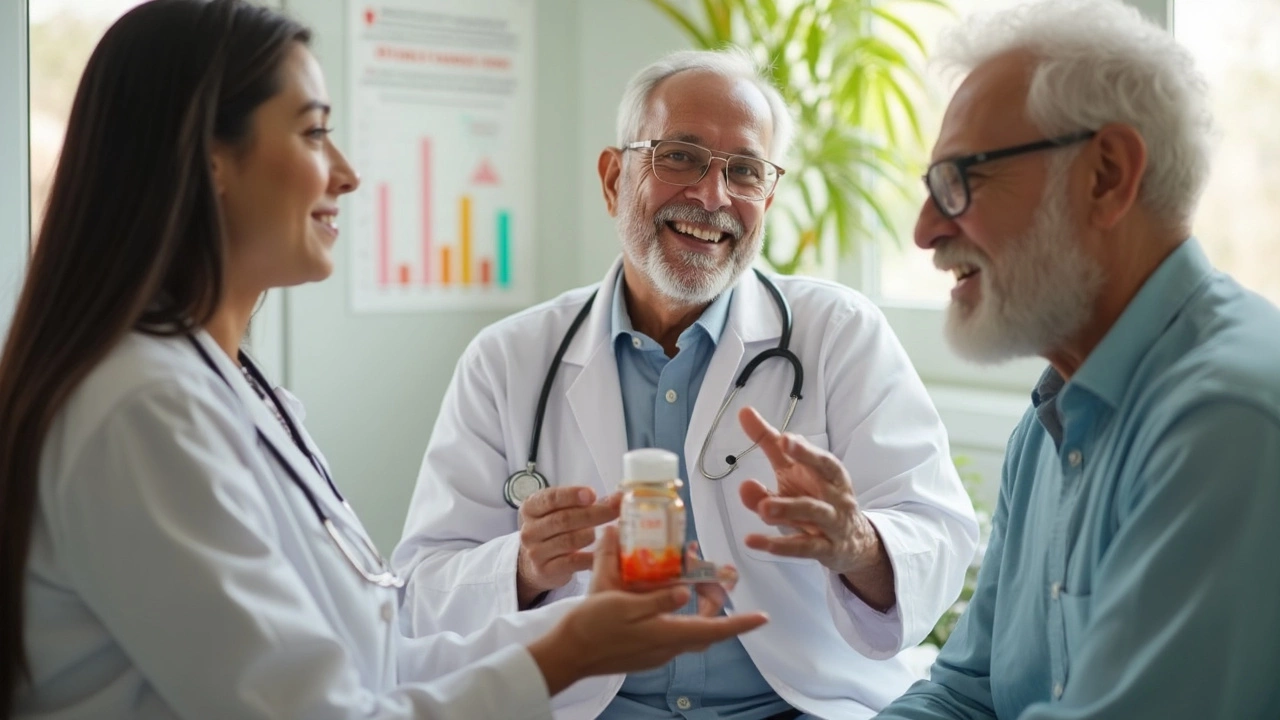
Diabetic Pill: What Is the Number One Choice for Diabetes?
Looking for the best diabetic pill can be confusing, especially with so many options available. This article breaks down the number one prescription pill for type 2 diabetes and explains how it works. Find out why doctors often recommend it, what you should expect, and a few things to watch for. Get clear, practical tips you can use today. No fluff—just straight talk about diabetes medication.
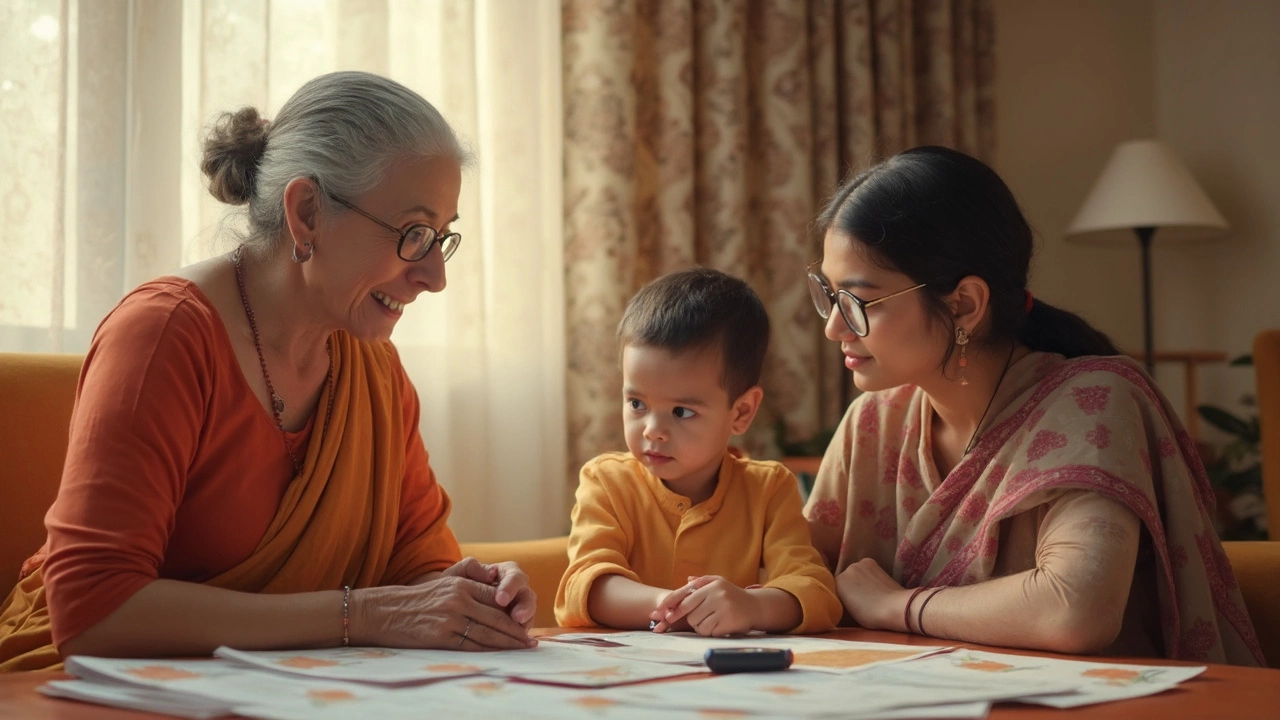
Who Cannot Take Metformin? What You Really Need to Know
Not everyone can safely take metformin, one of the most common drugs for type 2 diabetes. Some health conditions make it risky, and knowing who should avoid it can save you a lot of trouble. If you or someone you care about is starting diabetes treatment, this guide breaks down who really should steer clear of metformin. Knowing the details helps you have smarter talks with your doctor. Catch the warning signs before problems start.
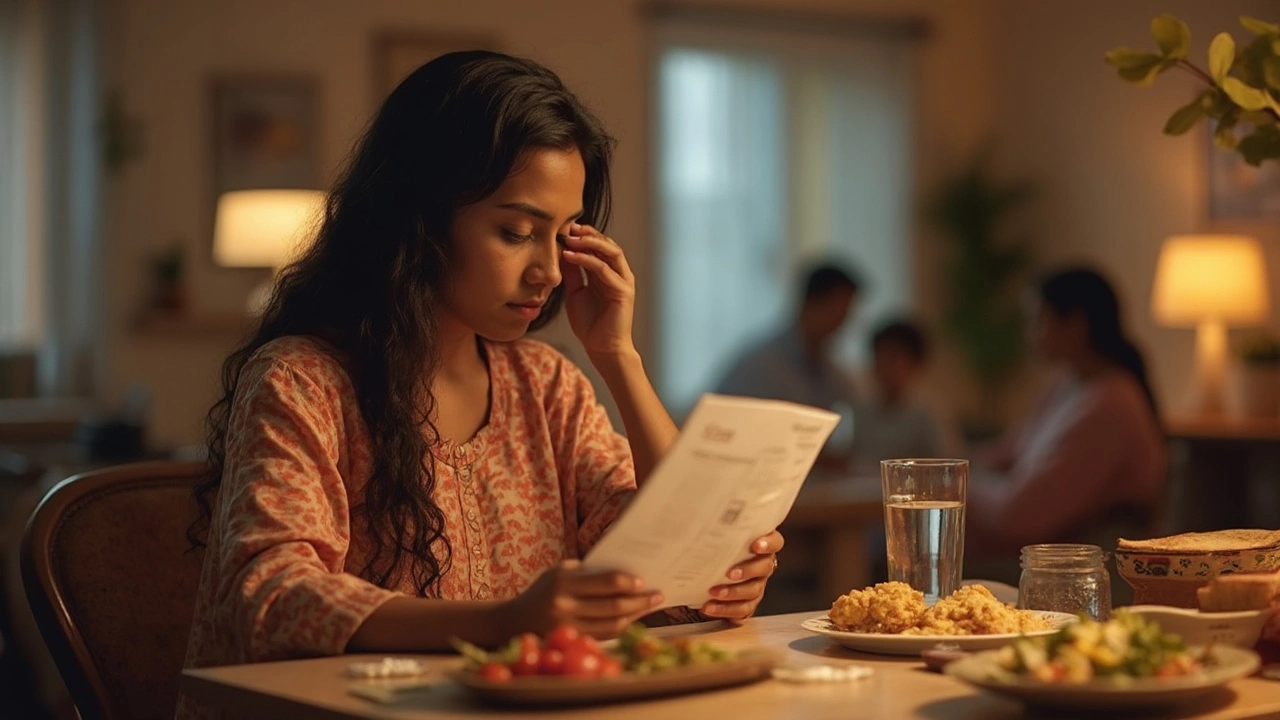
What Organ Is Metformin Hard On? Know the Real Risks
Metformin is one of the most popular medications for type 2 diabetes, but many people worry about which organ it might harm. This article explains how metformin works in the body, focuses on the main organ it affects, and gives practical ways to protect your health while taking it. Find out what the real risks are, what the latest research says, and how to spot problems early. You'll also pick up useful tips for safer metformin use. Stay informed and take control of your diabetes treatment.
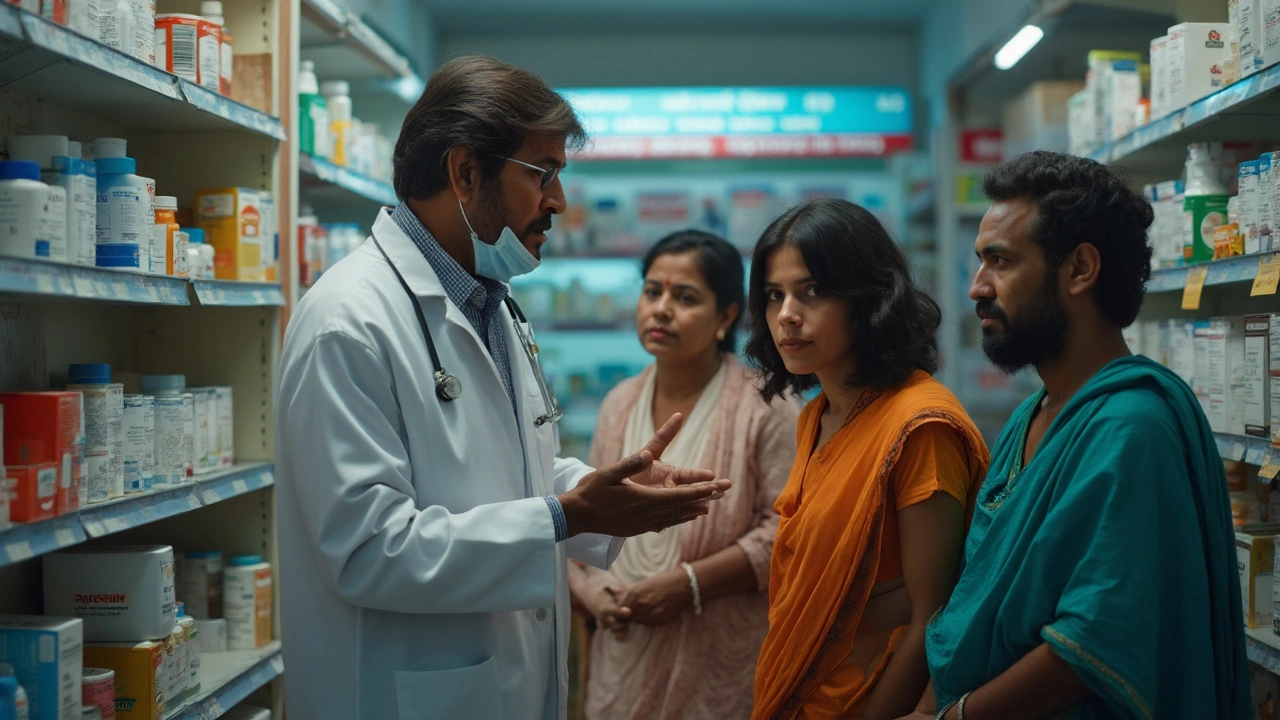
Why is Metformin Being Discontinued? The Real Story Behind the Diabetes Drug Shake-Up
Metformin has long been a go-to pill for managing type 2 diabetes, but lately, there's been talk—and anxiety—about its discontinuation in some places. This article digs into what's really behind metformin being pulled from shelves or becoming hard to find. We break down the safety concerns, supply chain issues, and tips for patients caught off guard. If you or someone you love relies on metformin, here's what you need to know right now.

What's the Safest Diabetic Medicine to Take?
Choosing the safest diabetic medicine can feel like navigating a maze. With options like Metformin and various types of insulin, it is important to understand their effectiveness and safety. This guide breaks down the essentials, shedding light on the safest choices for managing diabetes today. Discover tips and interesting facts to help make informed decisions about your health.

Best Medicine for Diabetes: Discover Your Options
Choosing the right medicine for diabetes might feel overwhelming with so many options out there. This article delves into the different types of diabetes medications, including some interesting facts on how they work and practical tips to manage the condition effectively. Whether you're looking for the latest in diabetes treatment or need advice on what's best for your condition, this guide breaks down the details in a way that's easy to understand.

Kelly Clarkson's Weight Loss Journey and the Role of Diabetes Medication
Kelly Clarkson's impressive weight loss sparked curiosity as many wondered how she achieved her transformation. The buzz around her journey revealed an unexpected connection with diabetes medication, commonly used to manage blood sugar levels. This connection opened a new conversation about the medication's potential role in weight management. Explore interesting insights and practical tips on how diabetes medication, initially intended for another purpose, can influence weight loss journeys.

Top 3 Deadliest Cancers: What You Need to Know
Feb, 21 2025

